Richard Leakey: The Man Who Reshaped Our Understanding of Human Origins
Richard Leakey, one of the most renowned paleoanthropologists and conservationists of the twentieth century, has left an indelible mark on both scientific exploration and environmental activism. Born into a family of famous paleoanthropologists, Richard followed in their footsteps and became a formidable force in his own right, making significant contributions to the fields of archaeology and conservation. His work and life story continue to inspire new generations of scientists and activists.
Early Life and Family Legacy
Richard Leakey was born on June 19, 1944, in Nairobi, Kenya. His father, Louis Seymour Bazett Leakey, was a British-Kenyan paleoanthropologist who worked primarily at Olduvai Gorge, in what is now Tanzania. His mother, Mary Douglas Nicol Leakey, was also a noted anthropologist and archaeologist, known as a leading expert in prehistoric paintings in Africa. Richard grew up among the fascinating discoveries of his parents' expeditions and became fascinated with the stories of human evolution and history.
The Young Explorer: From a young age, Richard showed an extraordinary passion for adventure and discovery. He would often join his parents on excavations, learning firsthand the techniques of fossil hunting, stone tool analysis, and archaeological methods. These early experiences instilled in him a deep sense of purpose and the drive to contribute to scientific understanding.
Familial Influence: Growing up in this intellectual environment, Richard benefited greatly from the guidance and support of his illustrious family. However, he also exhibited a rebellious streak that set him apart from his more conventional siblings. This independence would later prove crucial in his career choices and personal development.
Institutional Career Contributions
Richard Leakey's career began in institutions that played pivotal roles in advancing paleoanthropology. After completing his degrees in anthropology and law, he joined the staff of the National Museums of Kenya in Nairobi, where he started as an assistant assistant curator. Here, he immersed himself in the rich collections of fossils and artefacts, building foundational knowledge and skills.
Discovery and Analysis: One of Richard's earliest significant contributions came in 1967 when, working under his parents, he co-discovered "Turkana Boy," a nearly complete skeleton (KNM-WT 15000) belonging to Homo erectus, which was a landmark find in the study of human evolution. This discovery provided critical insights into the morphology and behavior of our ancient ancestors.
Evolving Roles: Over time, Richard ascended through the ranks at the National Museums of Kenya. His transition from assistant curator to director-general marked a significant shift in his career, putting him at the helm of a major cultural institution. In this role, he spearheaded numerous projects aimed at preserving Kenyan heritage and promoting scientific research.
The Conservation Champion
The 1980s saw Richard Leakey transform from an academic researcher into a fierce advocate for wildlife conservation. His pivotal moment came in 1986 when he co-founded the Wildlife Conservation Society (WCS) in Kenya and became its executive director, leading efforts to combat illegal ivory poaching, a devastating threat to elephants across the region.
Elephant Crusader: The ivory crisis in the 1980s reached unprecedented proportions, driven by the massive demand for ivory in Asia. Poachers were systematically hacking away at elephant herds, causing not only immense suffering but also threatening ecosystems and local communities. Richard recognized the urgency of the situation and took decisive action.
Leveraging Media: Richard understood the power of the media and used it effectively to raise awareness about the plight of elephants. He conducted high-profile raids to seize ivory and captured the attention of the world through dramatic public statements and press conferences. One such raid, code-named Operation Credo, led to the confiscation of over 14 tons of illegal ivory, demonstrating the effectiveness of conservation efforts.
Strategic Initiatives: Leakey championed several strategic initiatives to bolster conservation efforts. He worked tirelessly to enact stringent anti-poaching laws and established the Wildlife Forensics Laboratory in Nairobi to aid in legal actions against poachers. His leadership in the Kenya Wildlife Service (KWS) laid the groundwork for modern wildlife conservation in East Africa.
National Geographic Connection
Richard Leakey's journey took another remarkable turn when he became the Director of National Geographic's grant program. Under his stewardship, the foundation significantly expanded its funding for conservation research and projects globally. This role allowed Leakey to foster international collaboration and secure crucial resources for critical fieldwork.
Global Collaboration: As Director of the National Geographic Grants Program, Leakey facilitated collaborations between institutions and organizations worldwide. By securing substantial financial support and drawing attention to pressing environmental issues, he helped amplify the impact of conservation efforts far beyond the borders of Kenya.
Grant Program Innovations: Recognizing the need for innovative solutions, Leakey introduced new grant categories focused on emerging technologies in conservation, such as satellite monitoring and community-based conservation programs. These initiatives aimed to address the evolving challenges faced by wildlife and their habitats.
Legacy of Conservation: Through his work with the National Geographic Grants Program, Leakey contributed immensely to the preservation of biodiversity and natural resources. His efforts exemplify the intersection of science and advocacy, highlighting the importance of sustained investment in conservation research and education.
This concludes Part 1 of Richard Leakey's compelling narrative, showcasing his early career contributions in paleoanthropology and his emergence as a global conservation hero. In the next part, we will delve deeper into his leadership within the Wildlife Conservation Society and his ongoing influence on the fields of science and conservation.
Leadership at the Wildlife Conservation Society (WCS)
Richard Leakey's dedication to conservation deepened with his leadership at the Wildlife Conservation Society (WCS). His tenure as CEO from 1990 to 2004 was marked by innovative strategies and bold initiatives aimed at protecting endangered species and preserving ecosystems.
Growing Organizational Strength: Upon joining WCS, Leakey immediately recognized the need to strengthen the organization's infrastructure. He oversaw a restructuring that enhanced the efficiency and effectiveness of WCS's operations, ensuring that funds were directed towards high-impact conservation projects. This period saw a significant increase in the number of conservation projects supported by WCS around the world.
Advocacy for Elephants: One of Leakey's primary focuses during his tenure was to combat the ongoing ivory crisis. He continued his advocacy work by leveraging the reach of WCS to educate the public and policymakers about the impacts of poaching on elephant populations. Under his leadership, WCS launched extensive campaigns to promote legal ivory bans and stricter enforcement of anti-poaching laws.
Community-Based Conservation: Recognizing the value of community involvement in conservation, Leakey promoted community-based initiatives that involved local people in the protection of wildlife. Programs like the Community Baboon Sanctuary in Costa Rica and the Community-based Forest Management program in Madagascar were successful in fostering sustainable practices and reducing poaching pressures on wildlife.
Beyond Ivory: Protecting Other Threatened Species
In addition to focusing on elephants, Leakey's expansive approach to conservation involved protecting a wide range of threatened species. His leadership extended to a variety of initiatives designed to save species on the brink of extinction.
Tiguan National Park: Tiguan National Park in Papua New Guinea is a prime example of Leakey's commitment to large landscapes and their conservation. His advocacy led to the expansion of the park and increased protection for the diverse array of wildlife found there, including critically endangered bird species and unique fish populations.
Ape Conservation: Primate species, especially gorillas and chimpanzees, faced significant threats due to habitat loss and poaching. Leakey initiated projects focusing on their conservation, such as the establishment of protected areas in regions like Rwanda and Uganda. These efforts included anti-poaching patrols, habitat restoration, and public awareness campaigns.
Pangolin Protection: Pangolins, the world's most trafficked mammals, suffered immense devastation due to illegal trade. Leakey spearheaded initiatives to monitor and protect pangolins, including the use of DNA technology to track illegal trafficking routes. He worked closely with governments and other NGOs to implement stricter regulations and enforce laws against pangolin trading.
Strategic Partnerships and Innovations
Richard Leakey's commitment to innovation and strategic partnerships played a crucial role in his conservation success.
Collaborations: Leakey believed in the power of collaboration to drive conservation efforts. He forged alliances with a variety of stakeholders, including governments, corporations, and international organizations. Examples include partnerships with Coca-Cola to support conservation projects in watersheds around the world and collaborations with the Interpol to crack down on wildlife crime.
Technology and Data Analysis: Leakey embraced technological advancements to enhance conservation practices. He supported initiatives that utilized drones, satellite imagery, and data analytics to monitor wildlife populations and track poaching activity. These tools proved invaluable in identifying patterns and hotspot areas that needed more intensive protection.
Lawsuit Against Government Corruption
A notable chapter in Leakey's conservation career is his high-profile legal battle against government corruption. His courage and determination in this case highlighted the intersection of environmental advocacy and legal reform.
The Case: In 1989, Leakey brought a high-stakes lawsuit against the Kenyan Wildlife Service (KWS) after allegations of corruption. He accused the service of mismanaging funds and allowing poaching and illegal trade to flourish. This case came to be known as "Leakey v. KWS."
Media Attention and Impact: Leakey utilized the media to draw public attention to the corruption at KWS. Public hearings and documentaries brought the issue to the forefront of national discourse. While the court eventually dismissed the case, it raised significant awareness about the need for accountability and transparency in governmental agencies responsible for conservation.
Broader Impacts: The publicity surrounding Leakey's lawsuit sparked broader movements for transparency and ethical governance within conservation organizations. It reinforced the idea that environmental advocacy must be paired with rigorous legal measures to ensure effective and accountable management of natural resources.
Public Speaking and Advocacy
Beyond his professional achievements, Richard Leakey is also celebrated for his influential public speaking tours and advocacy work.
Keynote Addresses and Talks: Leakey has delivered keynote addresses at major conferences and universities around the world. His speeches often blend scientific facts with compelling narratives to inspire action. Notable venues include TED Talks, where he discussed the importance of conservation and the urgent need to protect endangered species.
Books and Publications: Leakey's personal experiences and insights have been chronicled in several books and articles. Publications like "The Making of Mankind" and "Wild justice: Legal Issues in Environmental Conservation" provide in-depth analyses of his perspectives and theories on conservation.
Education and Outreach: Through his advocacy, Leakey aims to educate the public about the importance of preserving natural environments. His efforts include founding schools and programs that focus on environmental education and sustainability. These initiatives aim to empower future generations to take proactive steps in conservation.
Legacies and Recognition
Rather than retiring from the frontlines of conservation, Richard Leakey has continued to influence and inspire through his ongoing work and legacy.
Awards and Honors: Throughout his career, Leakey has received numerous awards and recognitions for his contributions to science and conservation. Some of these include the Goldman Environmental Prize, International Union for Conservation of Nature (IUCN) Gold Medal, and the Kenya Wildlife Service Special Medal for Outstanding Service.
Centennial Celebration: To celebrate his centennial, various scientific and environmental organizations have organized events and commemorations. His centenary has reignited discussions about the future of conservation and the need for continued vigilance in protecting our planet's biodiversity.
Continuing Influence: Even as he transitions into his twilight years, Richard Leakey remains a towering figure in the realm of conservation. His work continues to inspire scientists, activists, and students around the globe. His dedication to both paleoanthropology and environmental conservation stands as a testament to his multifaceted genius.
This concludes Part 2 of Richard Leakey's remarkable journey. Join us in the final part to explore how his work extends beyond his lifetime and the lasting impact he has had on the fields of science and conservation.
Legacy and Post-Career Impact
Richard Leakey's legacy extends far beyond his active career. His work and influence continue to shape the fields of paleoanthropology and environmental conservation, inspiring and guiding new generations of scientists and activists.
Scientific Contributions: Leakey's contributions to paleoanthropology remain highly valued. His discovery of "Turkana Boy" and other significant fossil finds have provided crucial insights into human evolution, influencing theories and research frameworks across the discipline.
Conservation Movement: Beyond his direct conservation efforts, Leakey has played a pivotal role in shaping the modern conservation movement. His advocacy, legal battles, and public speaking engagements have raised global awareness about the urgent need for wildlife protection and environmental stewardship.
Inspiring a New Generation
Richard Leakey's impact extends to inspiring future leaders in both science and conservation.
Encouraging Young Scientists: Many young scientists cite Leakey as an inspiration, particularly due to his multifaceted career and his enduring belief in the power of science to drive societal change. At universities and museums around the world, students and faculty continue to draw from Leakey’s teachings and examples.
Young Activists: Leakey’s activism has also inspired numerous young individuals to take up the mantle of conservation. Organizations like the Jane Goodall Institute and the Dian Fossey Gorilla Fund frequently draw on Leakey’s legacy to motivate activists and volunteers.
Global Reach and Influence
Leakey's influence transcends geographic boundaries, reaching communities and institutions around the world.
International Collaborations: Leakey’s efforts continue to foster international collaborations through organizations like the Wildlife Conservation Society (WCS). These collaborations facilitate knowledge sharing and joint conservation initiatives, benefiting wildlife and ecosystems globally.
Global Conferences and Forums: Leakey’s voice is still sought after at international conferences and forums focused on environmental issues. His continued participation ensures that critical topics such as climate change, deforestation, and biodiversity loss remain at the forefront of global dialogue.
Reflections from Colleagues and Students
Colleagues, students, and admirers from around the world reflect on Leakey's enduring legacy and influence.
Scientific Colleagues: Scientists who knew Leakey personally describe him as a brilliant and tireless advocate for both science and conservation. His willingness to challenge conventional wisdom and push boundaries is admired by his peers.
Students and Academics: Students and academics often share stories of how Leakey motivated them to pursue careers in paleoanthropology and conservation. Many credit him with inspiring them to engage with practical solutions to environmental challenges.
Challenges and Future Directions
While Leakey’s contributions are immense, the ongoing challenges in conservation offer a glimpse into the future directions for these fields.
Climate Change: As climate change poses increasing threats to biodiversity, there is a growing imperative to integrate climate resilience into conservation strategies. Leakey’s pioneering work on addressing poaching and habitat destruction can serve as a blueprint for tackling the broader environmental challenges of today.
New Technologies: Emerging technologies such as biotechnology, artificial intelligence, and space-based monitoring systems hold great promise for enhancing conservation efforts. These tools can help track wildlife populations, detect poaching activities, and optimize habitat management.
Conclusion
Richard Leakey's life and work stand as a testament to what can be achieved when science meets advocacy. His legacy is a powerful reminder of the importance of preserving our natural heritage and the potential for individuals to make a significant impact.
Final Thoughts: As Richard Leakey looks back on his journey, he reflects on the enduring importance of his work. His life story is a continuous inspiration for those striving to understand our past and protect our future. Richard Leakey’s story is a reminder that even in an era of rapid environmental change, there is still much left to discover and protect.
Final Words: To those who seek to follow in his footsteps, Leakey’s advice remains timeless: “Science is the key to unlocking the past and ensuring our future.”
This concludes Richard Leakey's compelling narrative, showcasing his enduring legacy in the fields of science and conservation. His story and contributions continue to inspire a new generation of scientists and activists dedicated to preserving our planet's wonders.



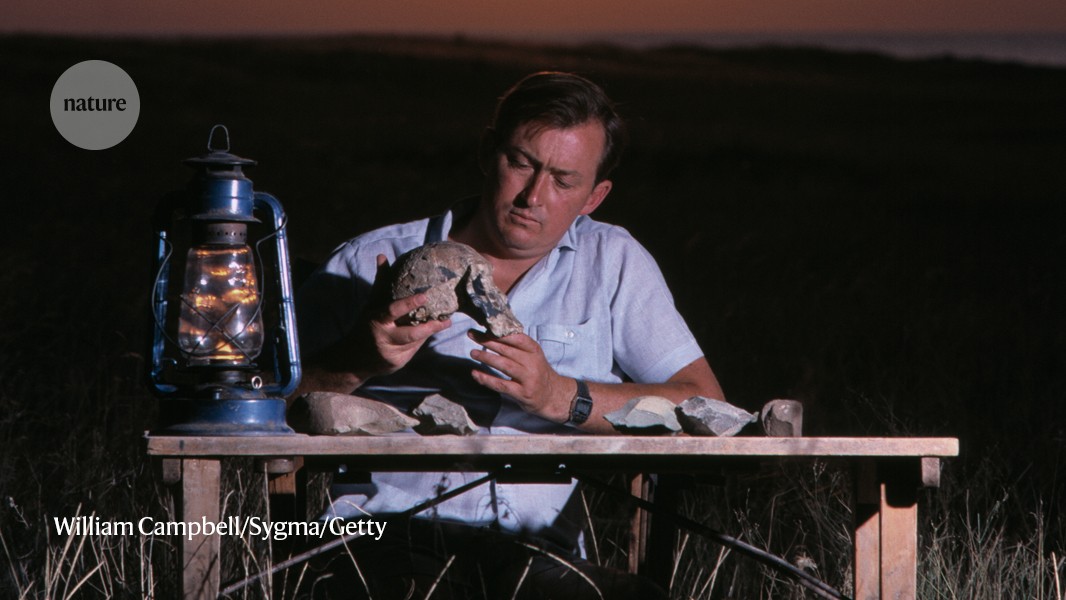
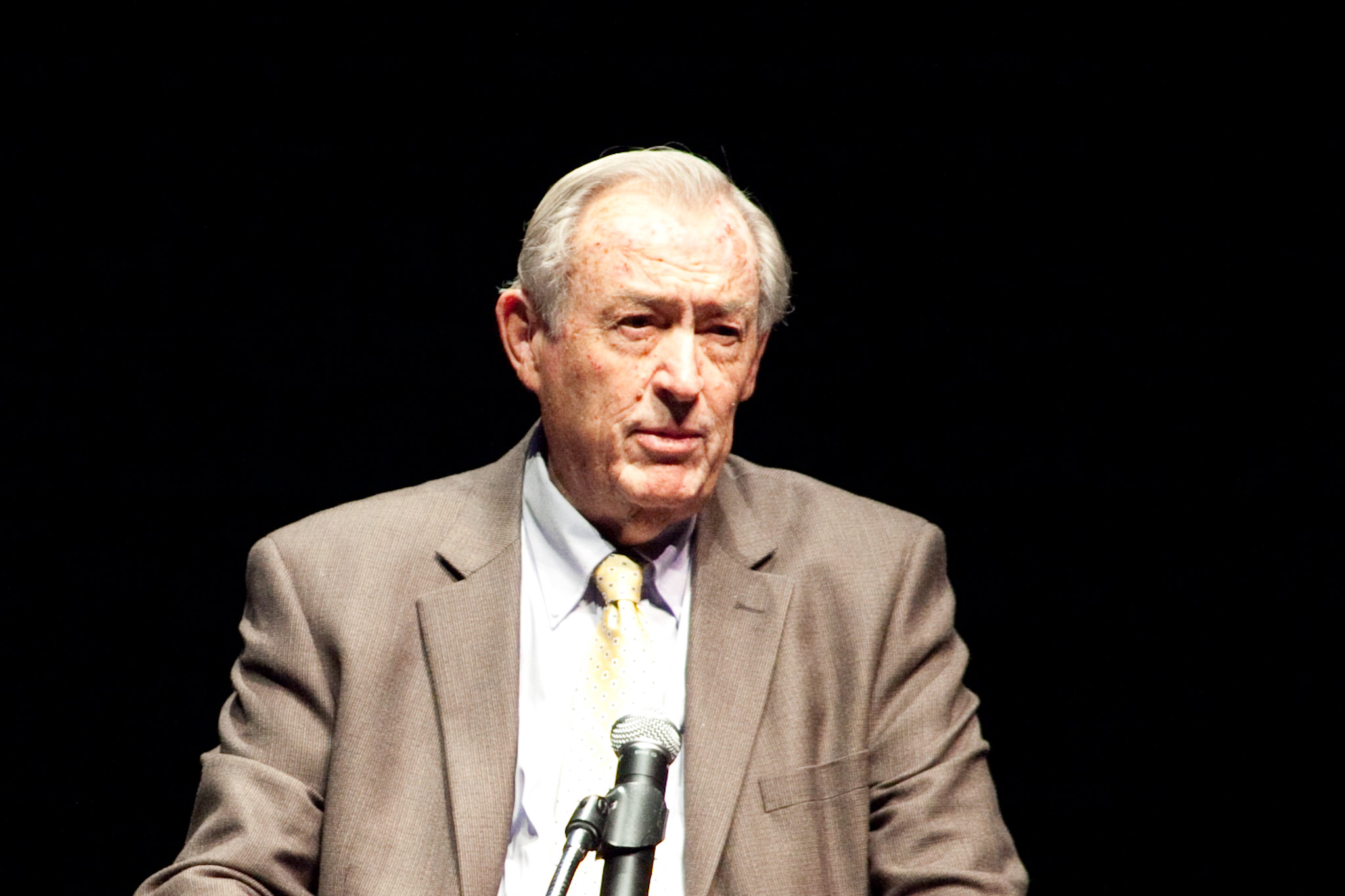

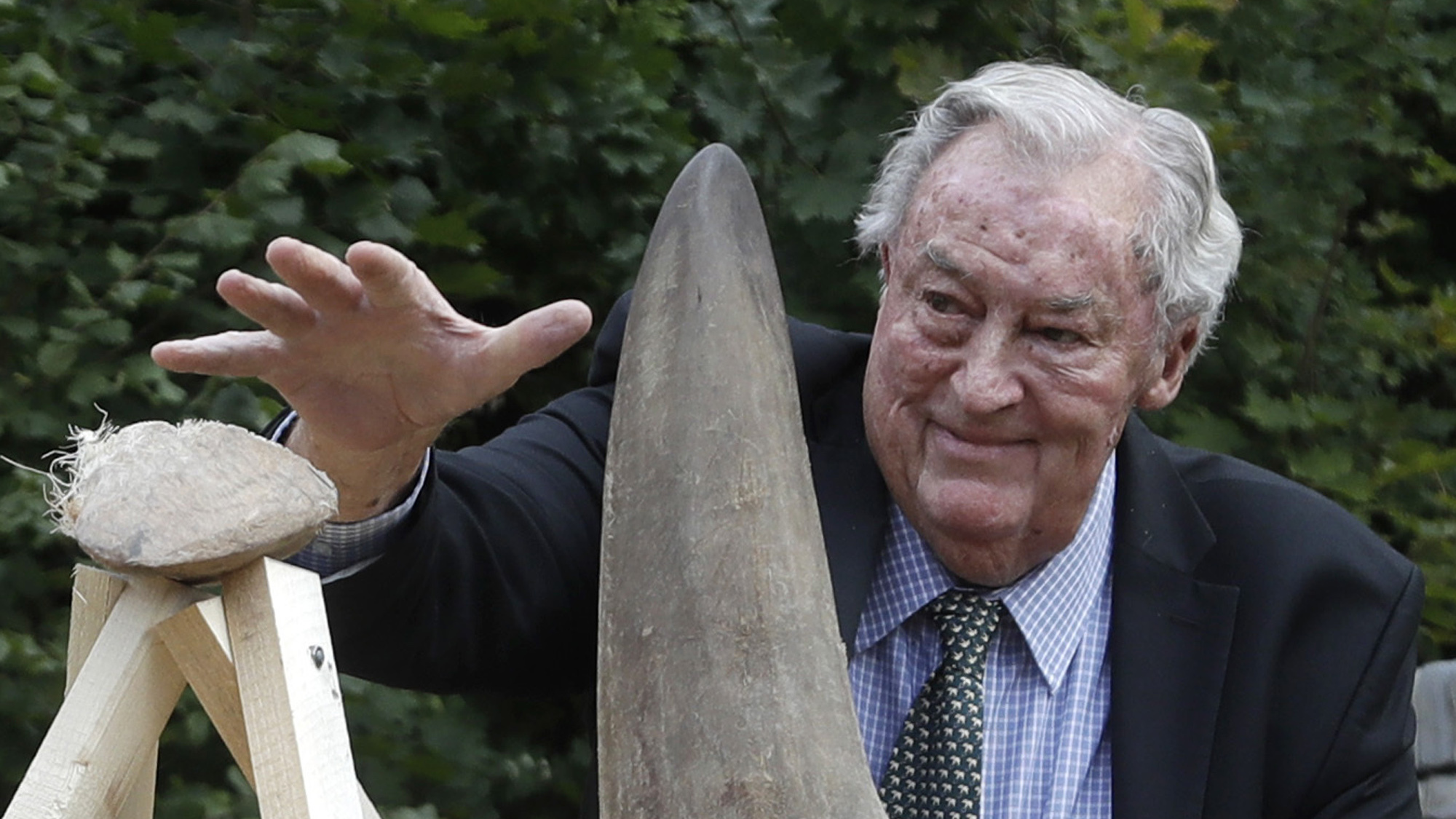



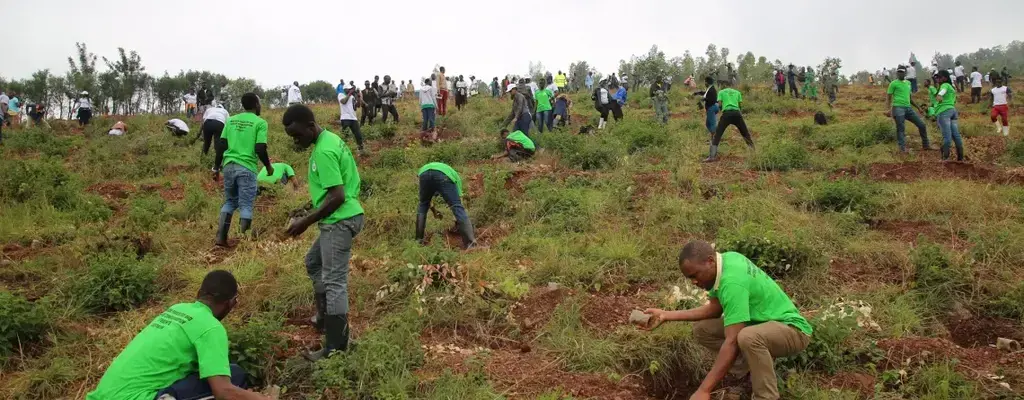

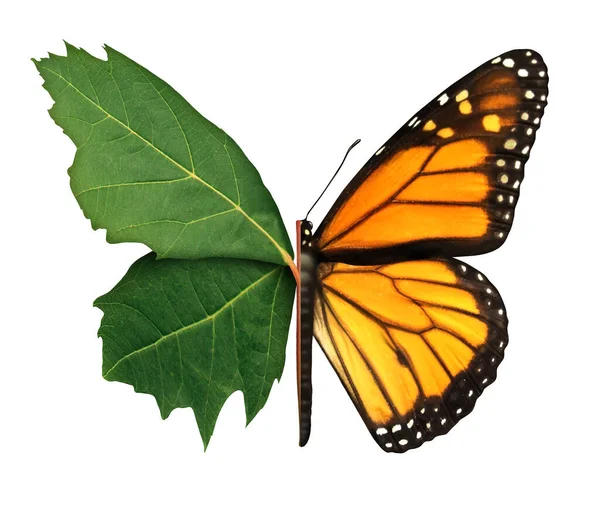
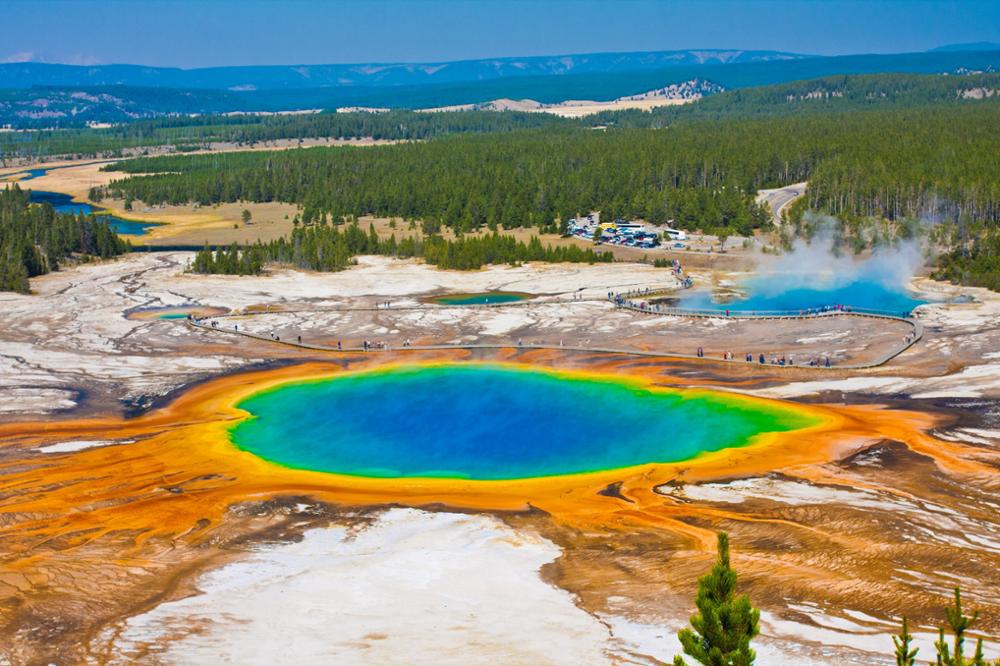





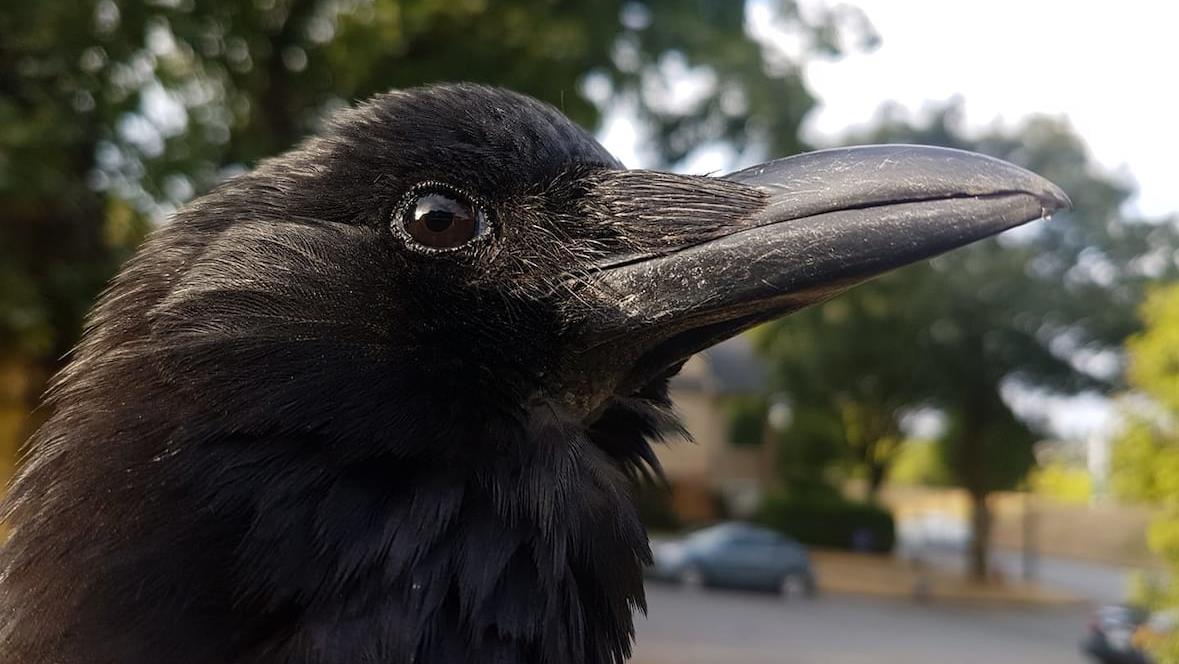;Composite=(type=URL,url=https://images.radio-canada.ca/v1/assets/elements/16x9/outdated-content-2020.png),gravity=SouthEast,placement=Over,location=(0,0),scale=1)
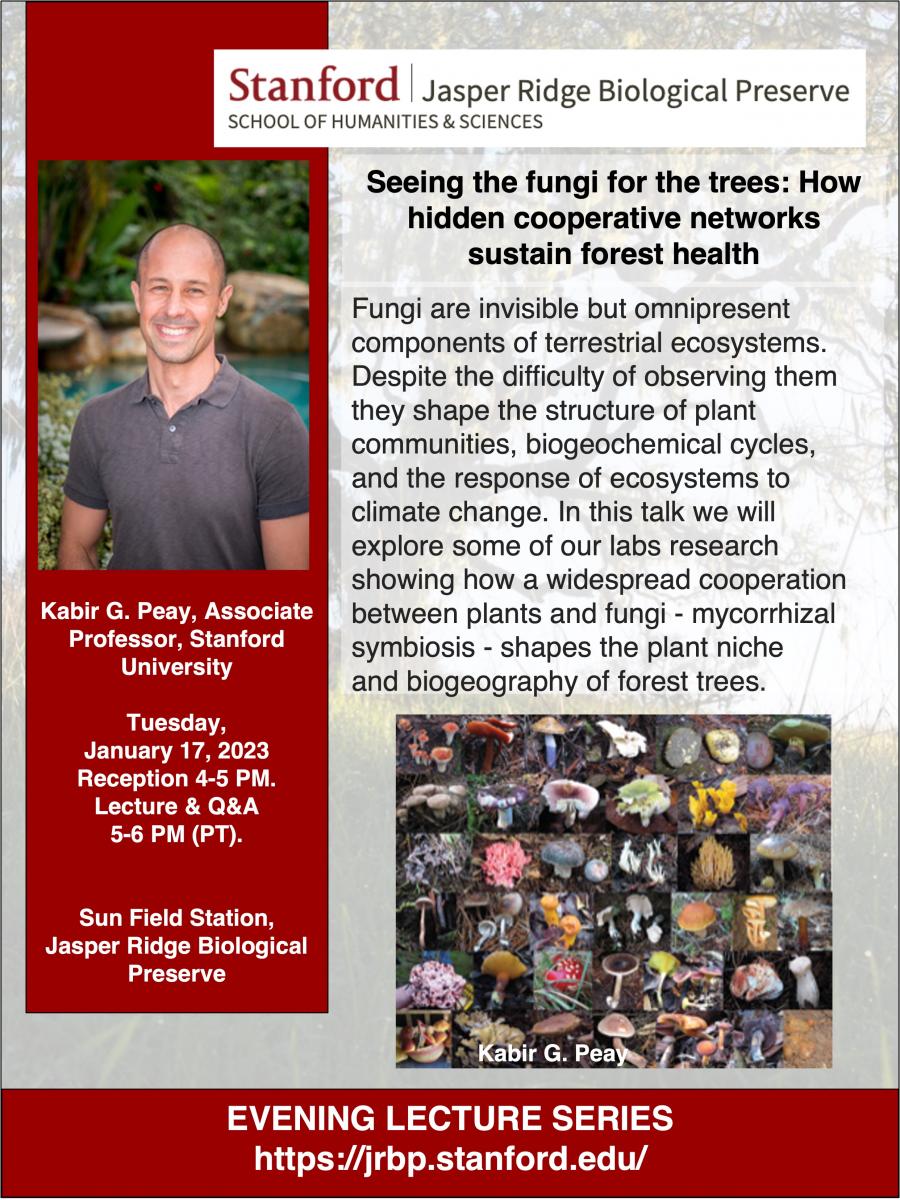




Comments